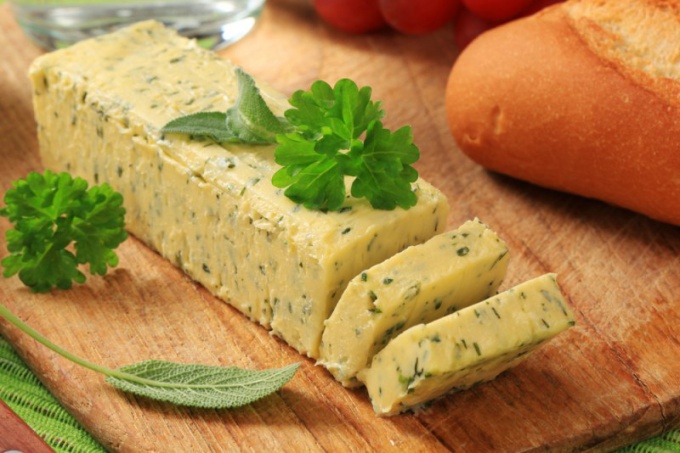You will need
- - a strong magnifying glass.
Instruction
1
Treat with caution to such products as ice cream, crackers, chips, chocolate, margarine, confectionery, condensed milk, cheese, butter, spread. Studies of these products showed that in the high content of hardened palm oil. Palm oil is the cheapest vegetable oils on the world market, however, some products of curing is alien to the human body (for example, some bottom of them decompose only at temperatures above 40oC).
2
Pay attention to the labels of traditional dairy products: manufacturers be obliged to change the product title if its preparation used vegetable fat. For example, cheese is called "cheese product", processed cheese "processed cheese product" cheese - "cheese" or "cheese product", "cheese". Instead of "sour cream" on the label would be "product of sour cream", "sour cream", condensed milk is called "condensed milk", "milk product" condensed, butter - "easy oil".
3
Look at the label of the ice cream: it might be mark's favorite childhood ice cream, but not the word "ice cream". This means that the product has a high content of vegetable fats, and it is forbidden to call ice cream. If its content is low (under 50%), then "ice cream" will be on the label, and in this case, to avoid these fats 100%, we should look at the composition of the product. In the "ice cream product" can be found: "ice cream with combined composition of raw materials", "ice cream with vegetable fat".
4
Choosing butter, look at the title and composition of the product. A light oil called product with vegetable fat content of vegetable fat specified in the composition. The situation with the spread - more certain because the legislation establishes the maximum content of fat - up to 70% with regard to margarine, that here are no restrictions, and it can be 100% composed of plant material.
